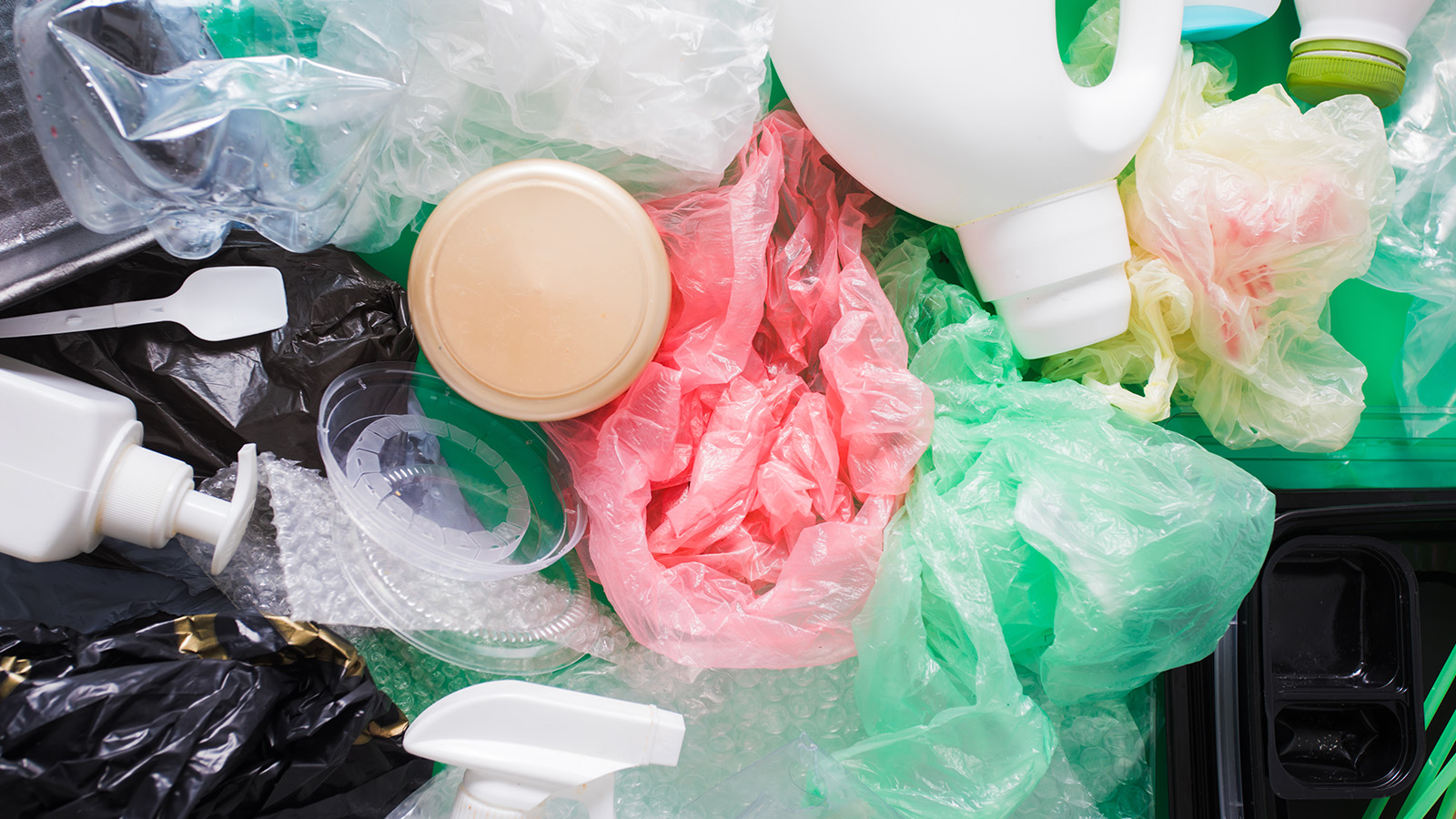
As environmental concerns rise and regulations tighten, businesses across industries are rethinking their packaging strategies. Choosing between biodegradable plastic and recyclable packaging is no longer just a sustainability question—it’s a matter of long-term compliance, brand positioning, and operational efficiency.
Why Packaging Materials Matter More Than Ever
The global demand for eco-conscious packaging is driven by several intersecting pressures:
- Consumer demand for sustainable, low-waste packaging options
- Government regulations targeting single-use plastics and non-compostable materials
- Brand perception, as businesses compete to showcase environmental responsibility
- Operational efficiency, where the right material can reduce waste and costs
Whether you’re packaging food, medical goods, or e-commerce orders, the materials you choose have implications across the product’s lifecycle.
Biodegradable vs. Recyclable: What’s the Difference?
These terms are not interchangeable:
- Biodegradable plastics break down over time, often requiring specific conditions (like commercial composting) to decompose fully. Disposal pathways may vary depending on infrastructure.
- Recyclable packaging can be reprocessed into new products if properly collected and handled. It’s typically more widely accepted but depends on local recycling programs and consumer compliance.
Choosing the right option depends on product use, disposal behavior, and the realities of your supply chain.
Which Industries Are Feeling the Pressure?
Several industries are facing heightened scrutiny and shifting expectations around packaging:
- Food & Beverage: Balancing shelf life and sustainability; often choosing between compostable and recyclable single-use solutions.
- Healthcare & Pharmaceuticals: Needing sterile packaging that also meets environmental standards.
- Retail & E-commerce: Reducing shipping waste while maintaining product safety and brand experience.
Agriculture: Using heavy-duty bags and liners that must withstand the elements – often favoring recyclable over compostable materials for practical reasons.

What the Regulatory Landscape Looks Like
Businesses should be aware of evolving legislation, including:
- Plastic bans in several U.S. states and global regions
- Extended Producer Responsibility (EPR) laws that make manufacturers responsible for packaging disposal
- Labeling standards to ensure claims like “biodegradable” or “compostable” are verifiable (e.g., ASTM D6400, EN 13432)
Navigating compliance requires both product understanding and packaging transparency.
Questions to Ask When Choosing a Sustainable Packaging Partner
Before switching to a new packaging material or supplier, ask:
- Is the material certified as recyclable or compostable?
- What kind of end-of-life infrastructure is needed to dispose of it properly?
- Will it meet your durability and performance requirements?
- Can it be customized for your product’s size, weight, and storage needs?
- Is the supplier equipped to support future sustainability goals?
How Redi-Bag Supports Industry-Specific Sustainability Goals
At Redi-Bag, we offer tailored biodegradable and recyclable packaging designed for performance and compliance. Our solutions span:
- Flat and gusseted poly bags
- Industrial liners
- Custom-printed packaging
- Agricultural and medical-grade solutions
We help businesses navigate the complex intersection of performance, regulation, and sustainability.
Moving Toward Smarter Packaging Choices
There’s no one-size-fits-all solution to sustainable packaging—but informed decisions begin with clarity. By understanding the tradeoffs between biodegradable and recyclable options, businesses can stay ahead of regulatory shifts and customer expectations. Redi-Bag is here to support that journey, offering expertise, customization, and environmentally responsible solutions.
Resources
For more information on sustainable packaging practices, industry standards, and environmental regulations, explore the following resources:
- EPA: Sustainable Materials Management – U.S. Environmental Protection Agency guidance on reducing environmental impact through smarter materials use.
- European Commission: Packaging and Packaging Waste – Official information on EU directives regulating packaging waste and recyclability.
- How2Recycle Label Program – A standardized labeling system that helps consumers understand how to properly recycle packaging materials.
- Sustainable Packaging Coalition (SPC) – A leading voice on packaging sustainability, offering tools, reports, and best practices for businesses and brands.


